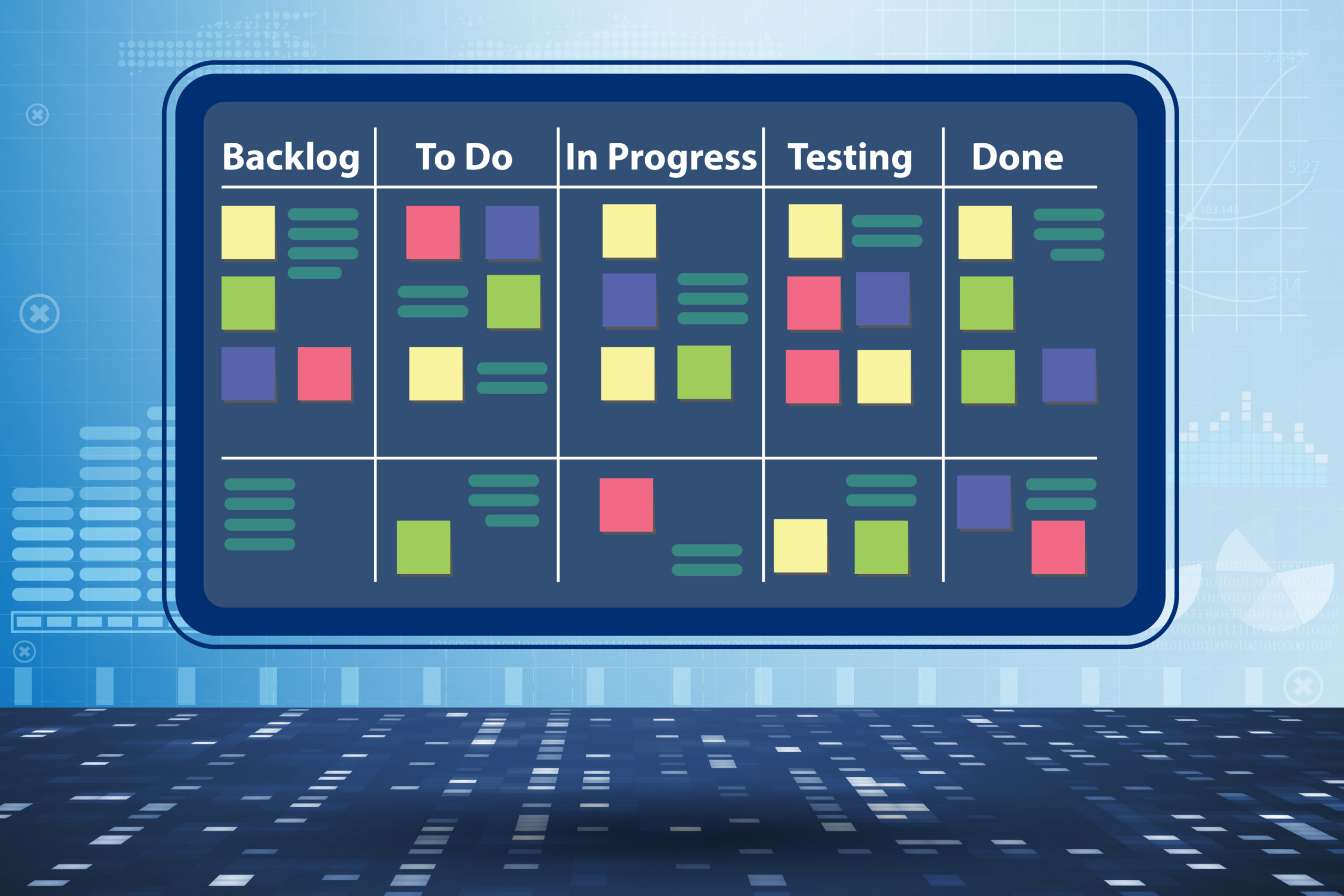How are you managing your to-do’s? So many utilize a column and row spreadsheet approach which can sound like a quick and easy solution but really leads to a lot of deficiencies. I say, resist the to-do list and never let it take hold for a variety of reasons and here are some:
- People tend to just spin up a to-do list when they feel the need to track and when multiple people in your organization do this you wind up with a large amount of decentralized activity. If you see this behavior going on, then it is a sign of a reactionary organization.
- All the various to-do list activities which may be related are not linked together through relationships. This deficiency leads to blind spots in your organization and productivity becomes impacted. The most likely outcome is that multiple people are unknowingly working on the same thing or the opposite, process breakage occurs because they do not see each other.
- No two lists contain the same attributes so you not only have decentralized lists, you have decentralized attributes which leads to a non-unified approach in how you describe, assign, prioritize, categorize, track, etc… Another hit to productivity because it leads to confusion which results in time wasting while people re-explain what their attributes mean.
- The lists live on PCs, share drives, share-point sites, shadow IT systems, emails. All of which contributes to people not knowing where activities stand which really defeats the purpose of tracking the activity in the first place.
An enterprise Kanban can help you eliminate these and other deficiencies and blind spots in your organization. Additionally, an enterprise Kanban will provide a centralized solution to managing your activities in a way that you can make them relatable, visible, based on a common set of attributes and provide clear delineation as to state of work. I use Leankit but there are several others like kanbanize, kanbanchi and kanbantool.
